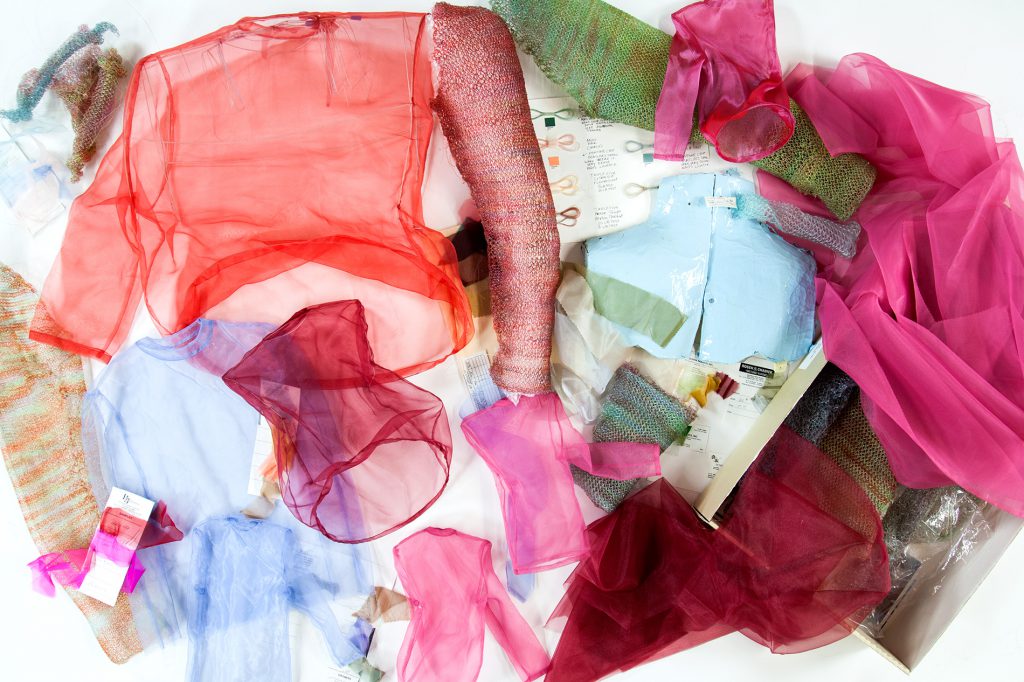The centerpiece of Ed Ruscha’s FWM residency was Industrial Strength Sleep, a massive nine-by-twenty-three-foot tapestry based on his 1989 painting of the same name. Woven at Flanders Tapestries in Belgium, the work marked a new chapter in Ruscha’s storied career: this work was his initial foray into the use of fiber as a medium. The work debuted in an exhibition with FWM that included the original Industrial Strength Sleep, loaned by the Centre Georges Pompidou in Paris, as well as several other loans from noted national institutions and the artist’s collection.
Ed Ruscha’s expansive canvases with superimposed text carry an association with conceptions of West Coast landscapes as well as an allusion to film and Hollywood’s golden age. Though the cinematic scale was still in effect with Industrial Strength Sleep, for this project, Ruscha wanted to return to an earlier work that seemed both an appropriate fit for a debut in Philadelphia and for a revisiting of the process of weaving. He conjured notions of East Coast industry in its mid-twentieth-century prime: landscapes once dotted with factories, now neglected or vanished with gentrification.
Additionally, the piece itself is quite literally the industrial product of a modern business that has integrated computer-assisted weaving technology with traditional aesthetics of the medium. Tapestry is no longer just a luxury ornament and symbol of sovereign power commissioned by European royalty. Contemporary artists have embraced tapestry as another means for expanding the possibilities of their creative output. With this collaboration, Ed Ruscha and FWM have put themselves at the forefront of this constantly growing trend.



